Tanabata, la leggenda e i tempi moderni
Tanabata: Il settimo giorno del settimo mese lunare si celebra una delle cinque gosekku (五節句), le più importanti festività dell’anno. Questa è anche una delle mie feste preferite perchè è estremamente romantica.
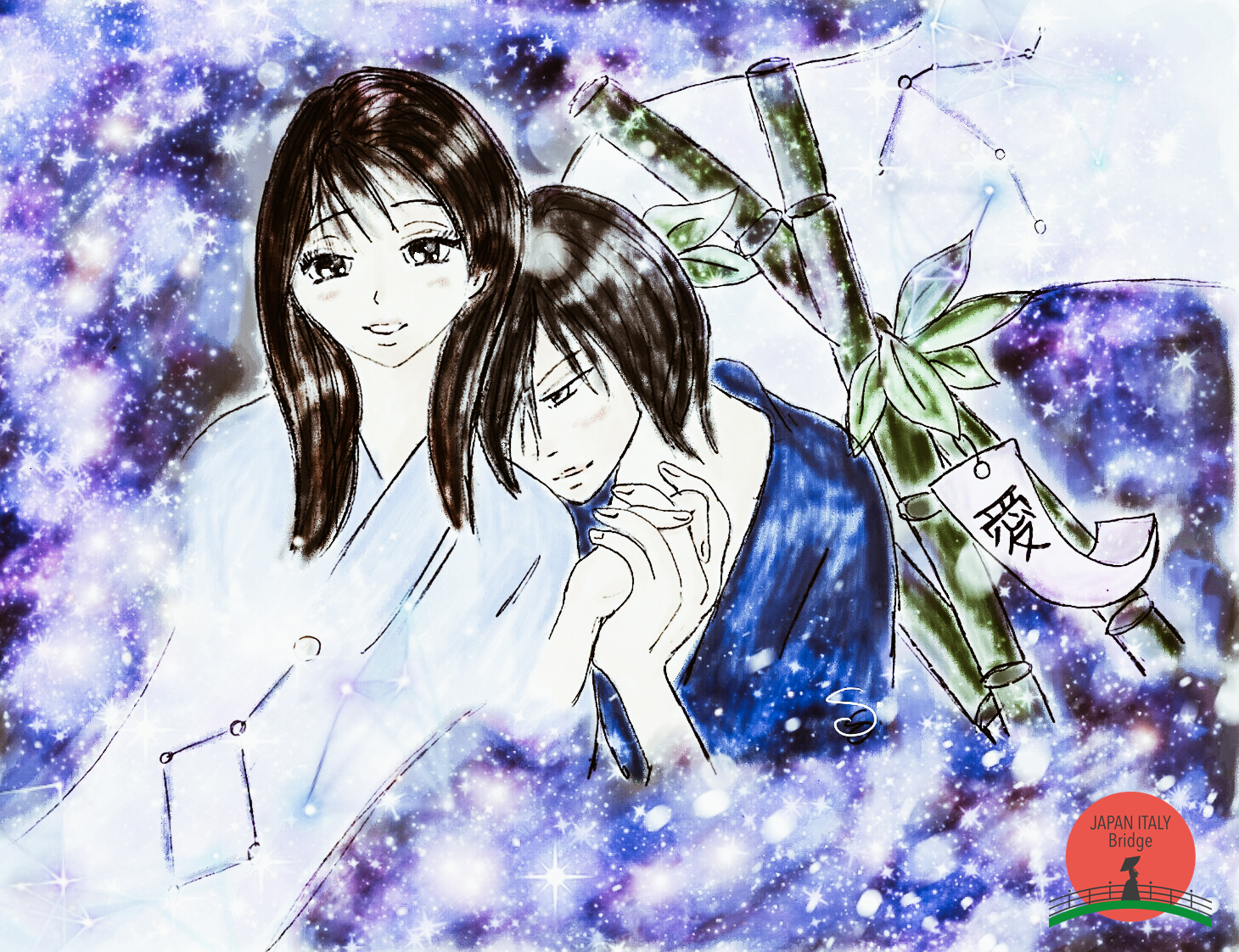
La Settima Notte
La leggenda narra della Principessa Orihime (la stella Vega), figlia devota di Tentei (il Re del cielo) che trascorreva le sue giornata a tessere in riva al fiume celeste Amanogawa (la Via Lattea). Tuttavia, il suo cuore era triste poichè non aveva ancora conosciuto l’amore. Allora Tentei le presentò Hikoboshi (la stella Altair), un giovane mandriano dei piani celesti che viveva al di là del fiume. L’amore tra i due scoppiò immediatamente, ma la passione li distrasse dai loro doveri scatenando l’ira di Tentei.
Egli li divise riportando la figlia sulla sponda opposta del fiume. Orihime, distrutta dal dolore, pianse mille lacrime. Tentei, colpito dal grande amore della figlia, permise ai due amanti di incontrarsi la settima notte del settimo mese solo se avessero lavorato con solerzia durante tutto l’anno. Il cielo, in questa speciale notte, deve essere sereno altrimenti attraversare il fiume argenteo risulterebbe impossibile. Infatti, se piovesse esso si ingrosserebbe e il vigore delle sue acque impedirebbe allo stormo di gazze di creare un ponte con le loro ali per permettere ai due amanti di riabbracciarsi.
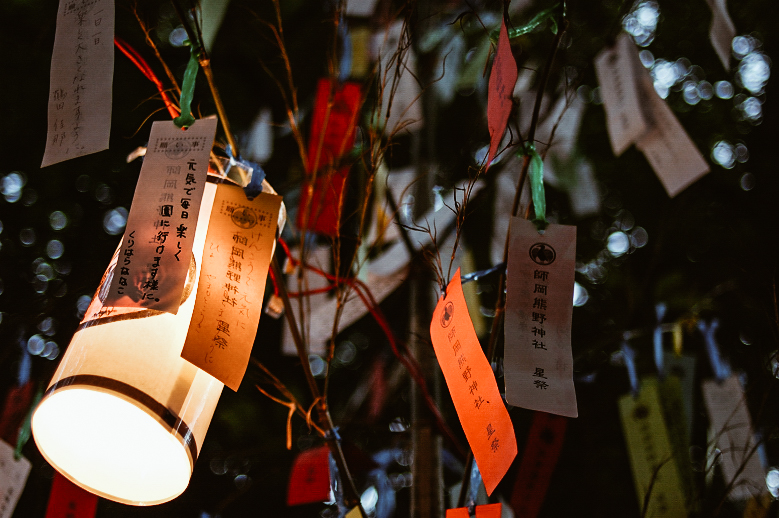
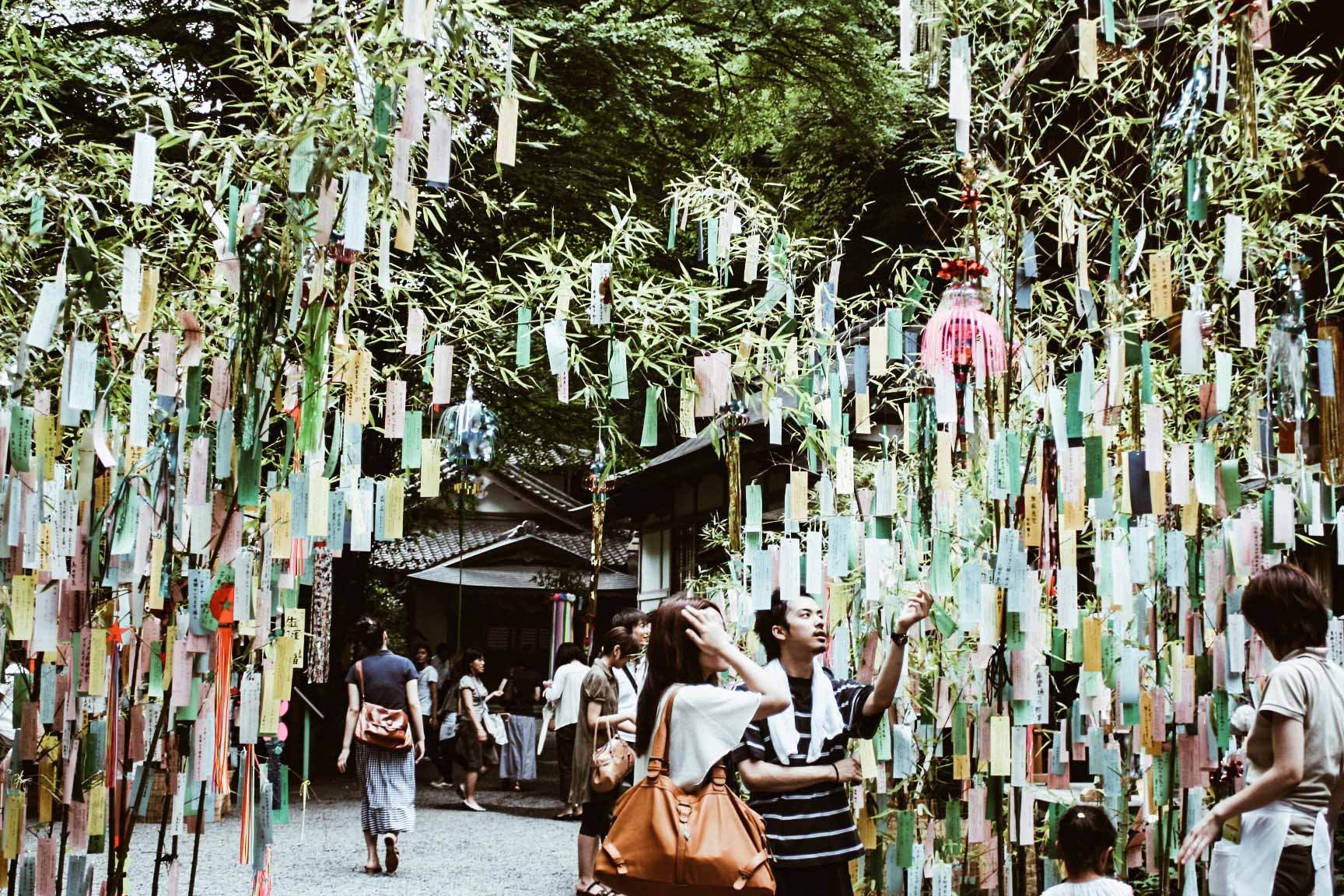
Da Shichiseki a Tanabata e le usanze del festival
Tanabata non era il nome originale di questa festività. Nell’antichità essa era conosciuta come Shichiseki, derivante dalla lettura dei kanji cinesi 七夕, da cui ha origine. Infatti, il festival venne importato dalla Cina dall’imperatrice Koken nel Palazzo Imperiale di Kyoko nel pieno periodo Heian. Si diffuse poi in tutto il Giappone nel Periodo Edo e da allora è divenuto uno dei festival più amati.
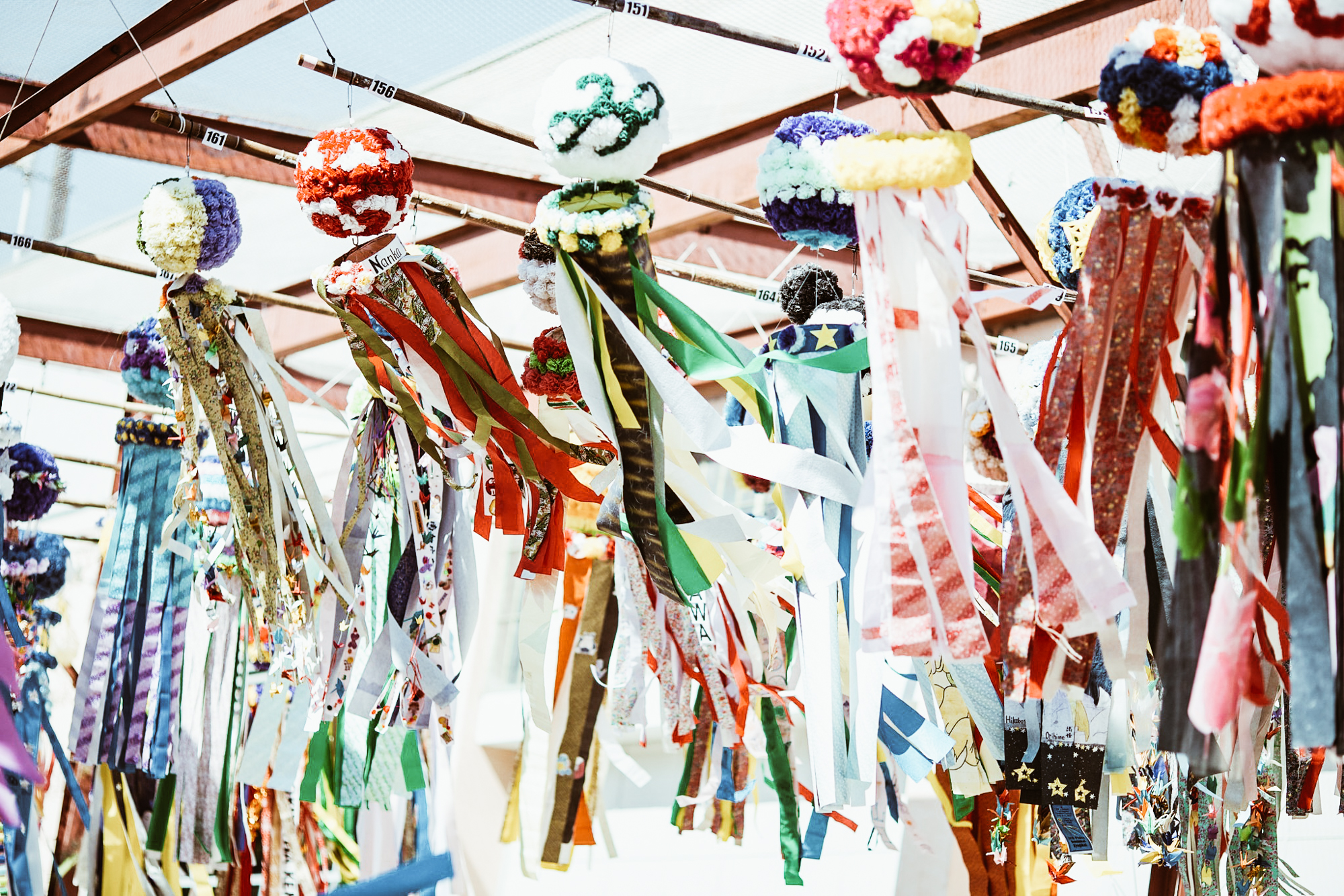

Le decorazioni del Tanabata
Tra il 6 luglio e l’8 agosto, in base alla regione, le strade si riempiono di zen-washi (lanterne di carta) e le persone indossano lo yukata (浴衣). Quest’ultimo, è un kimono molto informale con maniche larghe e cuciture piatte, il cui tessuto è di cotone, privo di fodera e quindi adatto al periodo estivo. Sono però i tanzaku (短冊) i veri protagonisti di questa notte incantata. Strisce di carta colorata che simboleggiano i fili di seta intrecciati da Orihime e sui quali vengono scritte preghiere o desideri. Successivamente questi vengono legati ai rami di bambù, considerato il simbolo principale del Tanabata. In questo modo il vento, soffiando tra le foglie, porta con sé i desideri e li realizza!
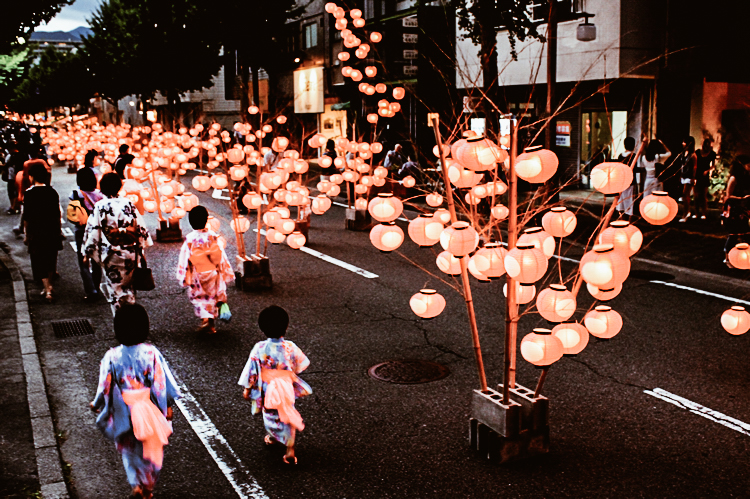
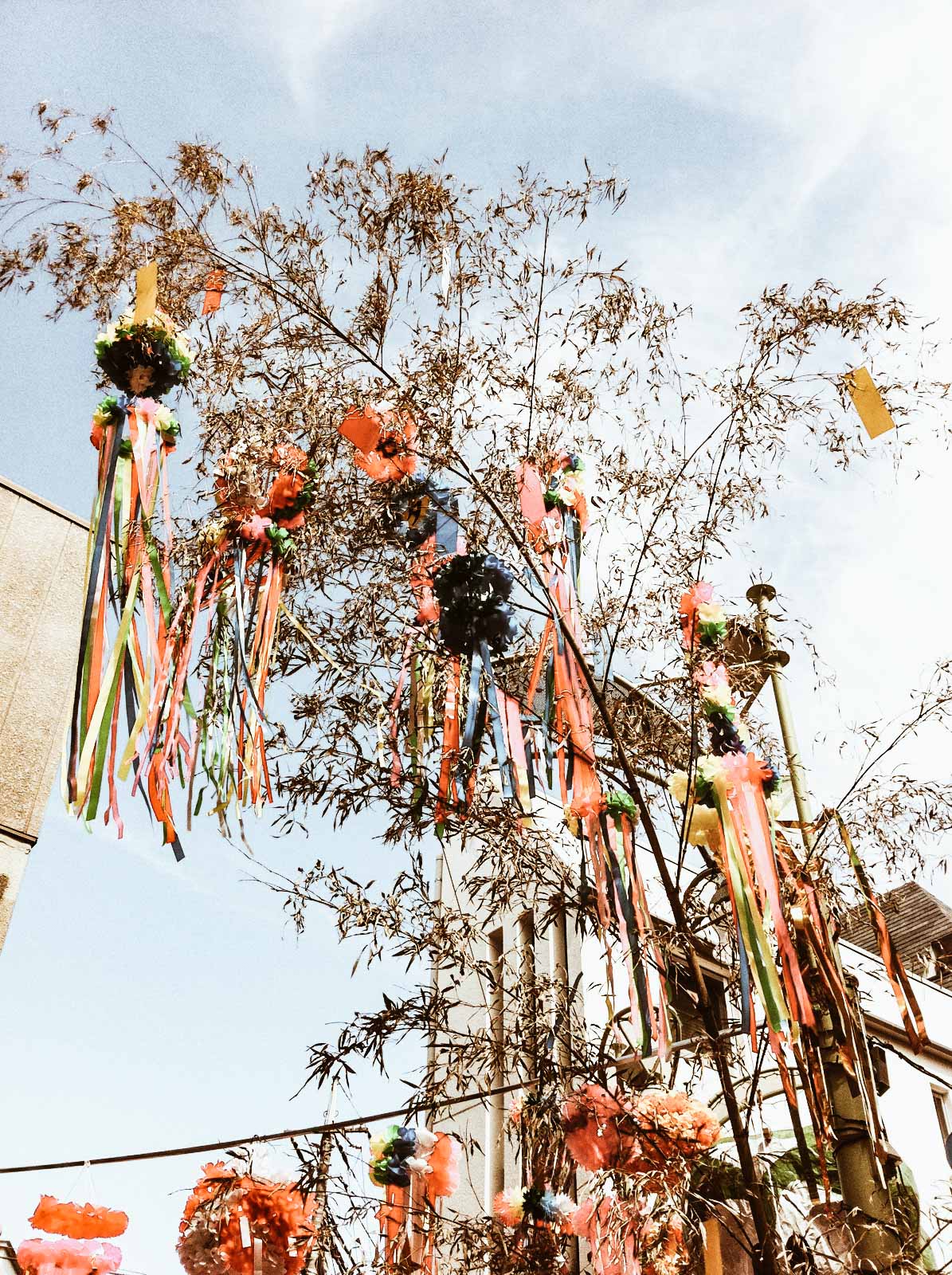
photo credits: savvytokyo.com, Hiroshi
Altrettante decorazioni di buon auspicio fanno capolino nelle parate durante il matsuri. Ci sono i Kamigorono (speciali kimono di carta) che preservano da malanni ed incidenti. Inoltre possiamo trovare i toami, reti da pesca la cui esposizione porterebbe fortuna nella pesca e nei raccolti. Per non dimenticare i fukinagashi, strisce filanti colorate come la stoffa che Orihime tesseva. Continuiamo poi con i bellissimi orizuru (origami) soprattutto a forma di gru, portatrici di salute, protezione e lunga vita alle famiglie. I kinchaku, piccole borse che portano buoni affari e ricchezza. Inoltre abbiamo i famosissimi kusudama, ornamenti di forma ovale composti da una serie di origami cuciti e incollati tra loro. Arriviamo poi ai kuzukago, sacchi della spazzatura che simboleggiano la “pulizia” (intesa come purezza) e la prosperità.

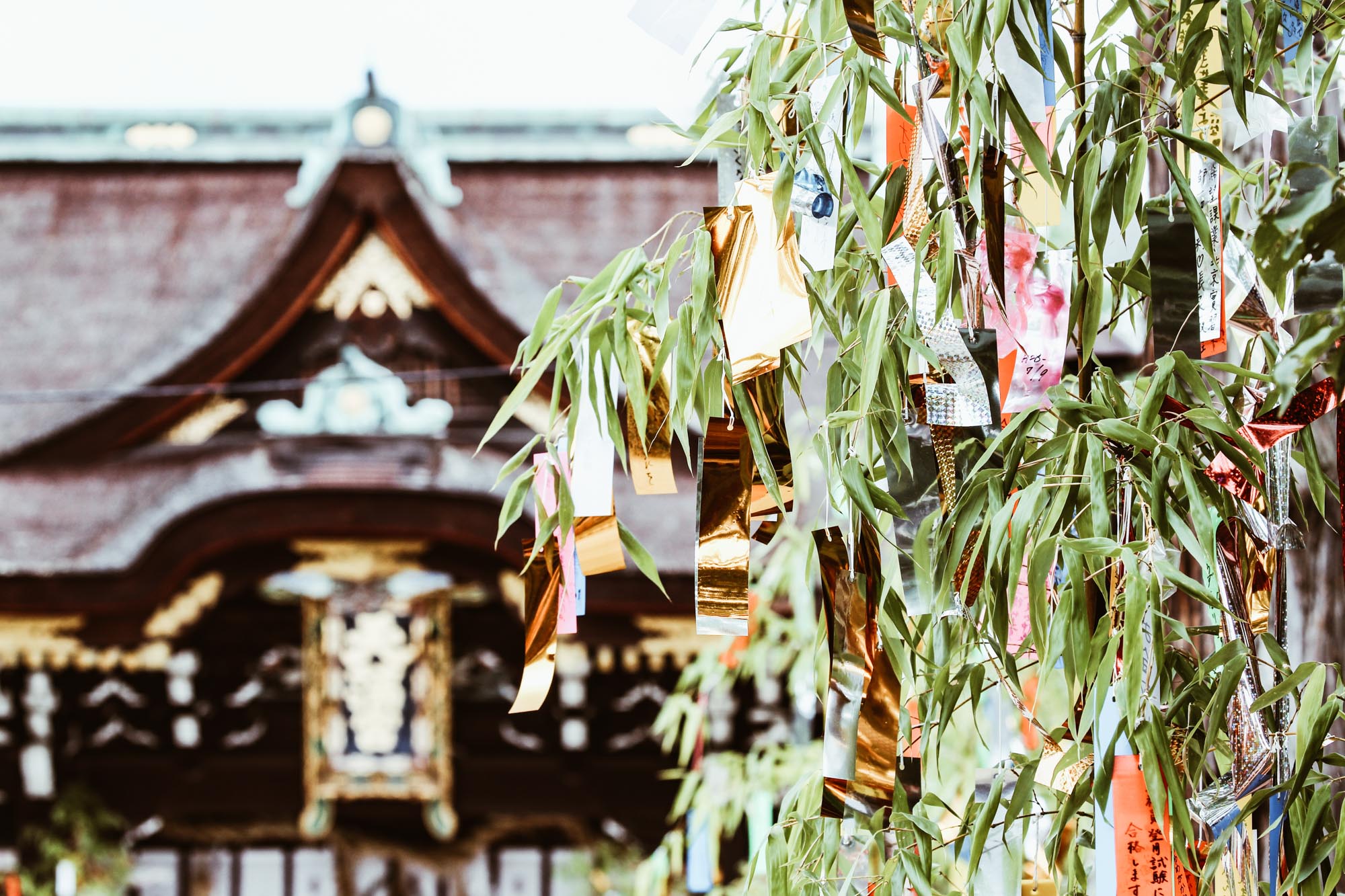
photo credits: savvytokyo.com, Naomi Nakagawa
Ad ogni regione la sua data
Come dicevamo, la data del Tanabata varia a seconda della regione. Nella regione del Kanto, Il Tanabata di Hiratsuka, nella prefettura di Kanagawa, si svolge tra il 4 e il 6 luglio. Nella regione di Chūbu a Ichinomiya, nella prefettura di Aichi, si festeggia tra il 24 e il 27 luglio. infine, nella regione di Tōhoku, a Sendai, nella prefettura di Miyagi, si svolge tra il 6 e l’8 agosto.
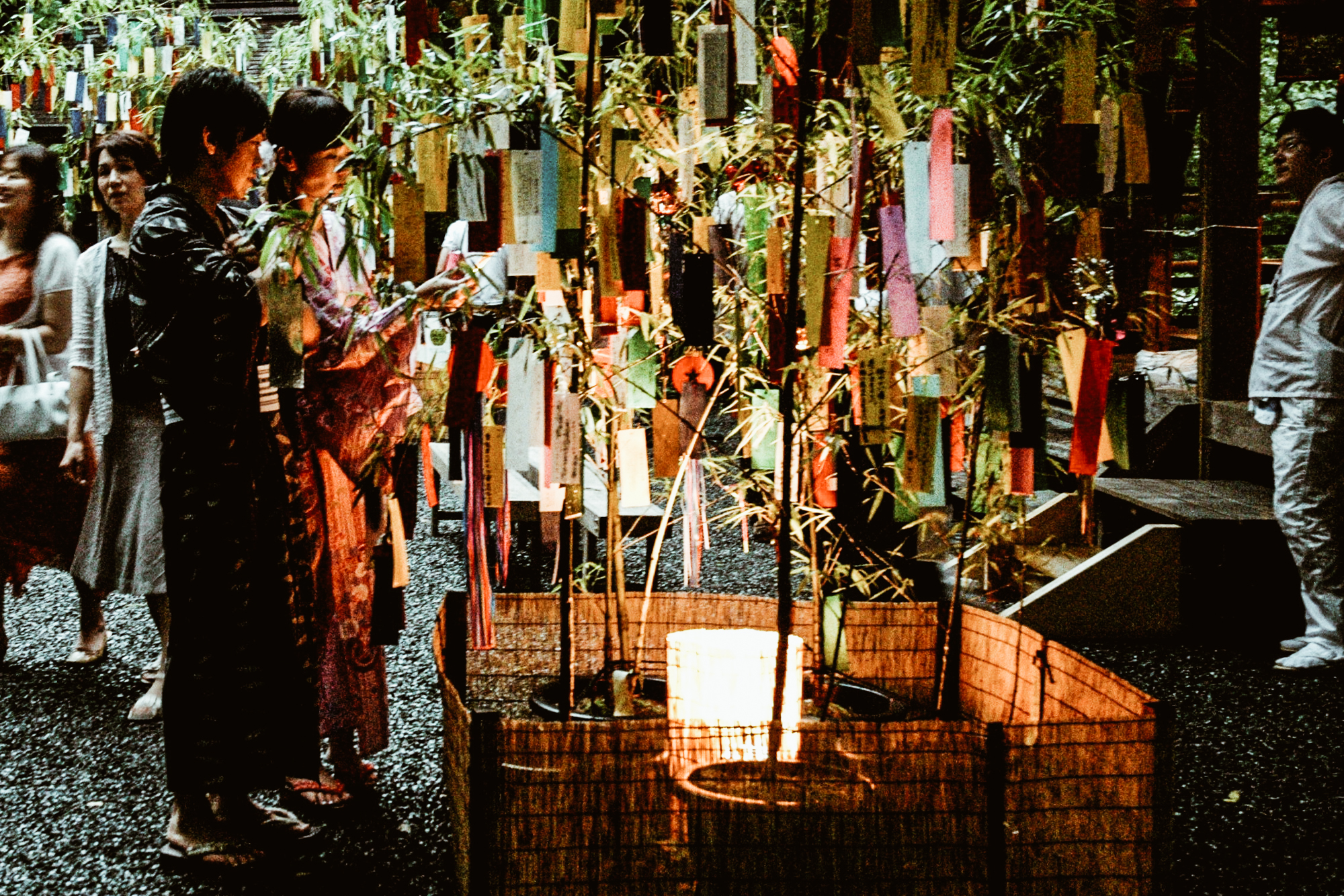
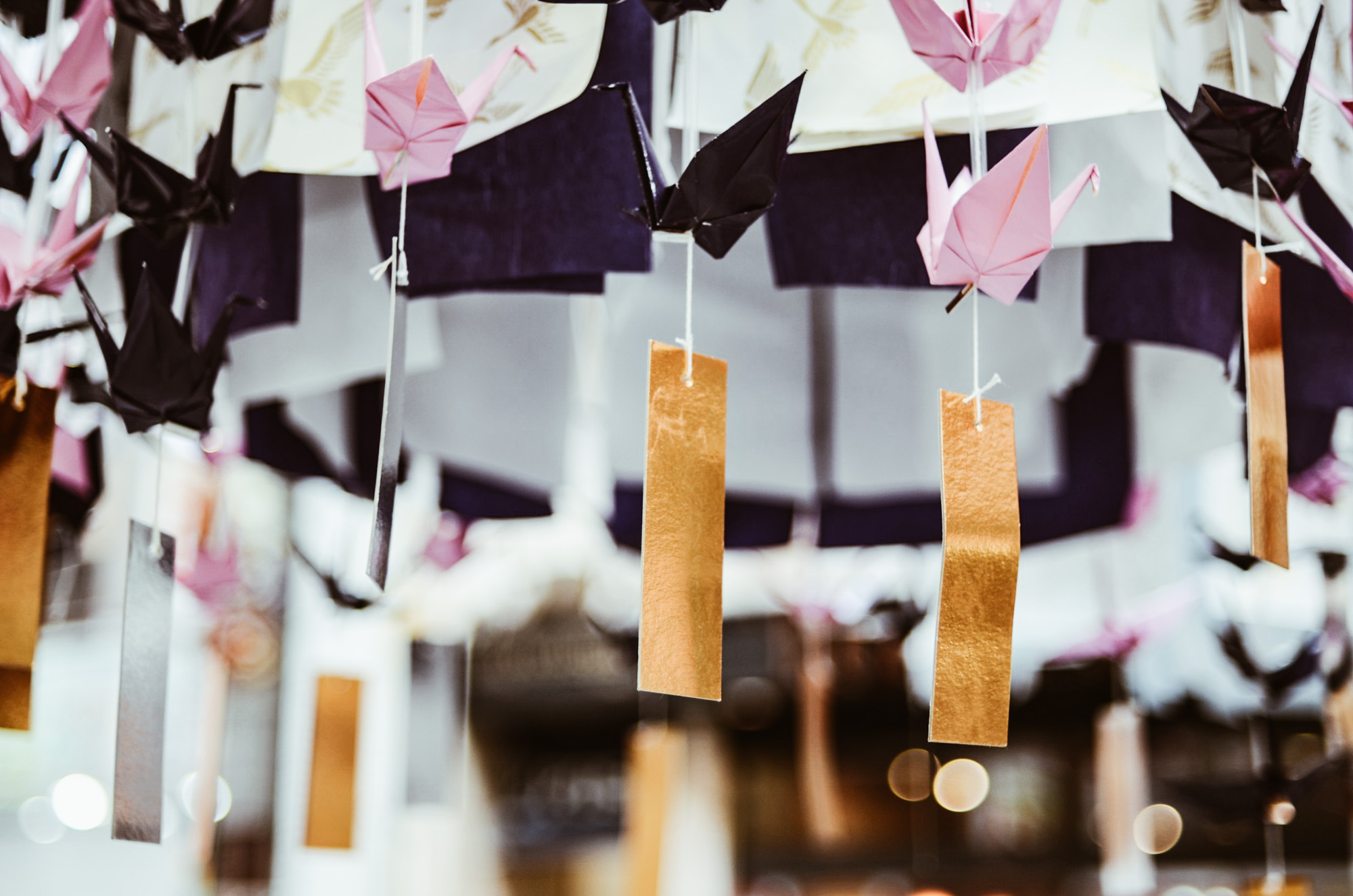
photo credits: japancheapo.com, EriTes Photo
Anche se l’amore è un sentimento che merita sempre di prevalere, durante questo periodo dell’anno l’idea di alzare gli occhi al cielo e desiderare con tutto il cuore qualcosa con la speranza che si avveri, è sempre emozionante. Ogni Tanzaku è speciale ed è bellissimo leggere i sogni delle persone ed augurare loro di poter essere esauditi. Questo, infatti, è uno dei tanti momenti di altruismo che solo in Giappone può essere condiviso.
E voi? Quale sogno custodite nel vostro cuore? Qualunque esso sia, possa trovare la strada per realizzarsi! E se siete nei paraggi di Milano, vi consigliamo di venire a festeggiare il Tanabata da TENOHA Milano. Pronti ad appendere il vostro tanzaku? Noi l’abbiamo già fatto!
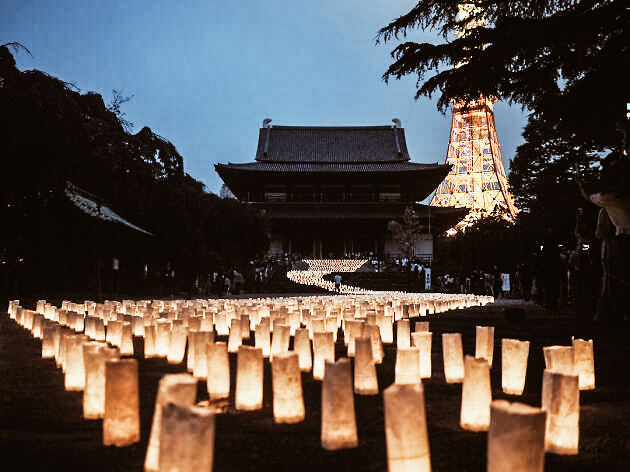
photo credits: timeout.com
Condividi:
- Fai clic per condividere su Facebook (Si apre in una nuova finestra)
- Fai clic qui per condividere su Twitter (Si apre in una nuova finestra)
- Fai clic qui per condividere su Tumblr (Si apre in una nuova finestra)
- Fai clic qui per condividere su Pinterest (Si apre in una nuova finestra)
- Fai clic per condividere su Telegram (Si apre in una nuova finestra)
- Fai clic per condividere su WhatsApp (Si apre in una nuova finestra)
- Fai clic qui per condividere su Reddit (Si apre in una nuova finestra)
- Fai clic qui per stampare (Si apre in una nuova finestra)






